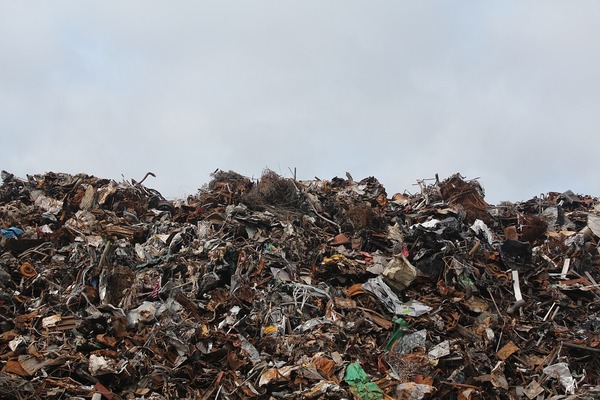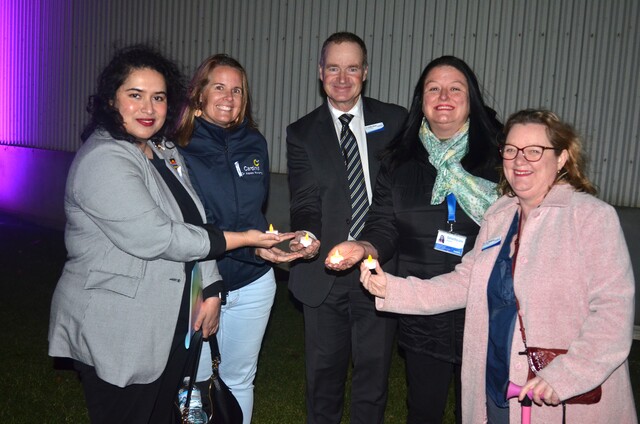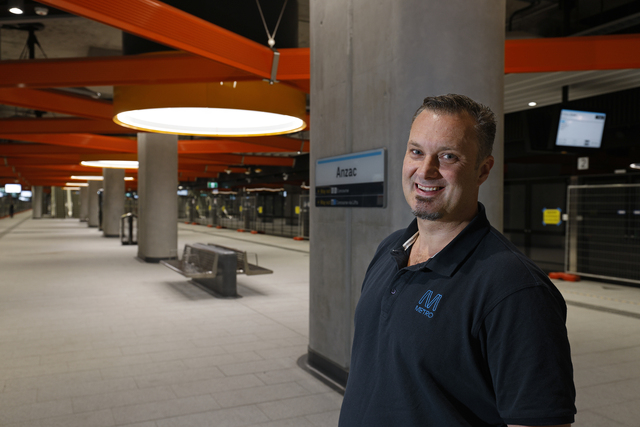Greater Dandenong may be the site of a waste-to-energy combustion plant as a solution to a mounting landfill crisis.
South East Melbourne’s only landfill tip – SUEZ Hallam – is set to be filled within a decade, well ahead of its scheduled closure in 2040.
No other landfill sites have yet been identified for the South East, and according to a council report on 24 June – “landfill is a last resort”.
Greater Dandenong is investigating being part of a 15-council company seeking to procure advanced waste processing in the South East – subject to legal and financial risks to the council.
The most likely option is a combustion plant with some of the waste converted into energy.
It would save roughly $23 a tonne on dumping waste in landfill – between $11 and $17 million a year.
Other options include a more costly combustion plus mechanical biological treatment – which would separate recyclable and organic materials.
It would cost roughly the same as dumping in landfill, according to a council report.
“Based on market interest a combustion solution is most likely,” Greater Dandenong’s metro waste and resource recovery group delegate Cr Matthew Kirwan said.
Dandenong South was shaping as the most likely location, he said.
“It won’t necessarily be in Dandenong South but given its industrial zoning it has been identified by the State Government for a number of years as a likely location for future resource and recovery operations.”
Cr Kirwan said the status quo couldn’t continue due to greenhouse gas emissions, odours, vermin and the contamination of water caused by landfill.
He supported the start of the procurement process, if only to answer his questions about the touted environmental benefits of a waste-to-energy plant.
Emissions levels were unknown until the amounts of plastic, paper and wood fed into the plant were accurately profiled, he said.
He also questioned whether such plants actually reduced greenhouse gases.
“Some argue that carbon dioxide produced by burning biomass like paper and wood shouldn’t be included when calculating greenhouse gas emissions from incineration, because those emissions would have occurred anyway in the natural environment.
“But left to decompose naturally, those emissions would likely occur over many decades, not several hours.”
He also said there was a risk that waste-to-energy plants may reduce recycling rates – though Greater Dandenong has stated it won’t compromise its aims of increasing recycling.
In the report, the council states that the best response is for advanced waste processing, along with waste reduction and better recycling of organic and co-mingled waste.
“It achieves a high diversion of waste from landfill and increased recovery of resources, without undermining current recycling practices.”
According to a council report, 15 councils in the South East are expected to send about 500,000 annual tonnes of waste to landfill by 2021.
Without intervention, that is projected to increase by 2 per cent a year.
Cr Sean O’Reilly said waste and recycling were the biggest issues facing councils.
“The game has changed.
“When I was first elected in 2012, Council was making quite a bit of money on recyclables.
“Now they don’t want recyclables because the raw materials are cheaper.
“If we do nothing the issues and the piles of waste will become mountainous.”







